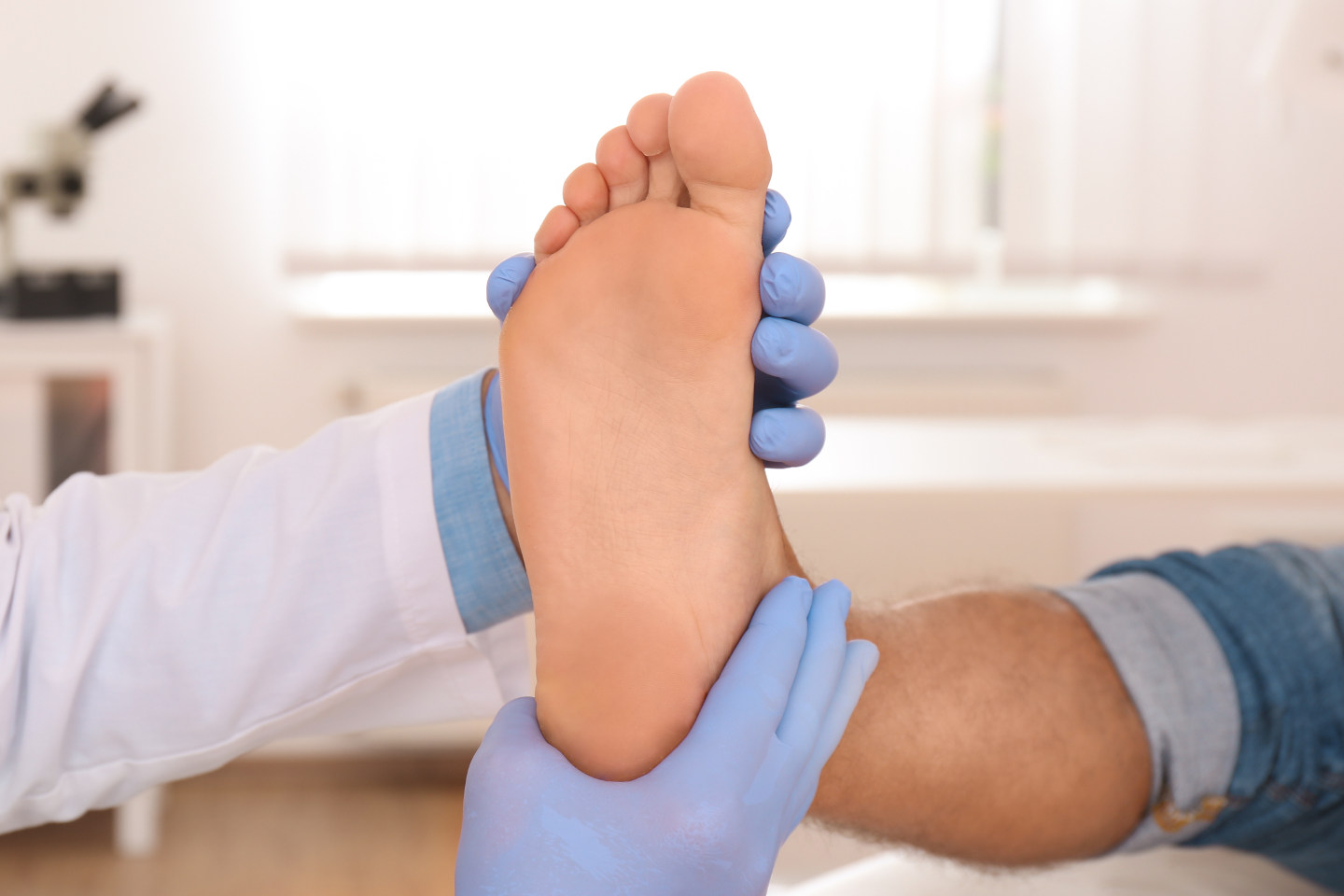Orthotics for Flatfoot Deformity (Pes Planus)
Flat feet or pes planus is a very common condition associated with a loss or lack of medial arch . The symptoms of flat feet include:
- Physical signs of medial arch collapse
- Generalised ankle pain and stress reactions
- Pain along the tibialis posterior tendon which runs down the inside (medial side) of the leg and ankle
- Pain on the outside of the ankle where the heel bone (calcaneus) and the fibula compress together
- Knee pain, particularly on the inside (medial side) of the knee joint
Some common causes of flat feet include:
- Genetics and hypermobility
- Injury or overload of the tibialis posterior tendon.
- Arthritis in the foot and ankle destroys the cartilage between the joints and the ligaments that support these joints. This can cause the joints to shift and develop a flat foot deformity
- Injury to the bones or ligaments in the midfoot area (lisfranc injury) can result in a flat foot deformity
- Diabetics with peripheral neuropathy can develop a charcot foot. The bones and ligaments in a charcot foot are basically destroyed and almost crumble. This can result in a severe flat foot and often unusual deformities which puts them in a high-risk category for developing ulcers
The most common treatment for a flat foot is:
To determine the most appropriate treatment for you, we recommend booking an initial consultation to discuss your concerns in more detail.

Flat Feet FAQ
For example, a flat foot that overly pronates (rolls inwards) may suffer from aching arches and lateral (outside) ankle impingements locally, but the flow-on effect internally rotates the tibia, causes the knees to dip inwards (valgus malalignment) and the pelvis to drop.
The gluteal muscles are then required to work harder to prevent internal rotation and adduction at the femur which could aggravate lower back pain.